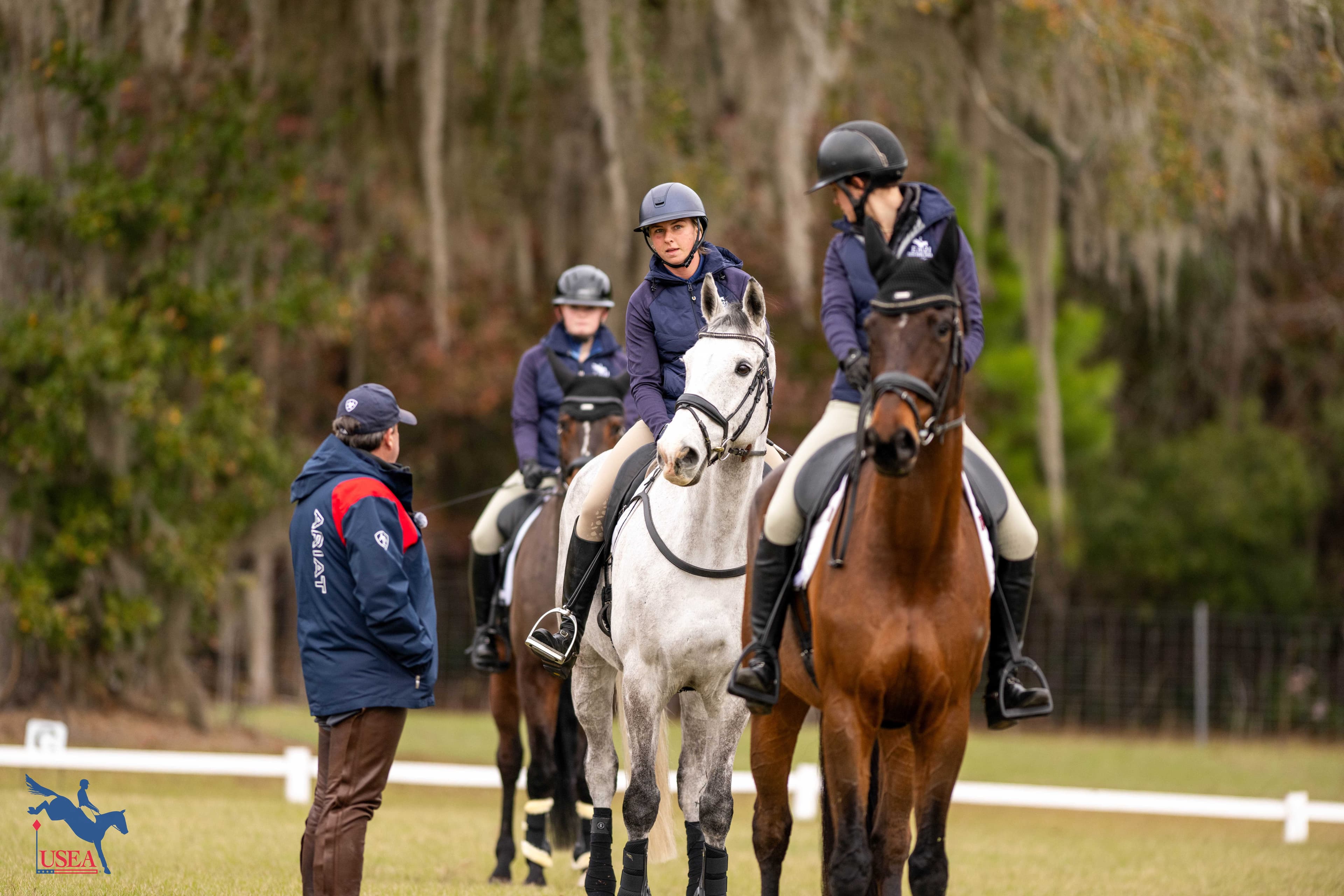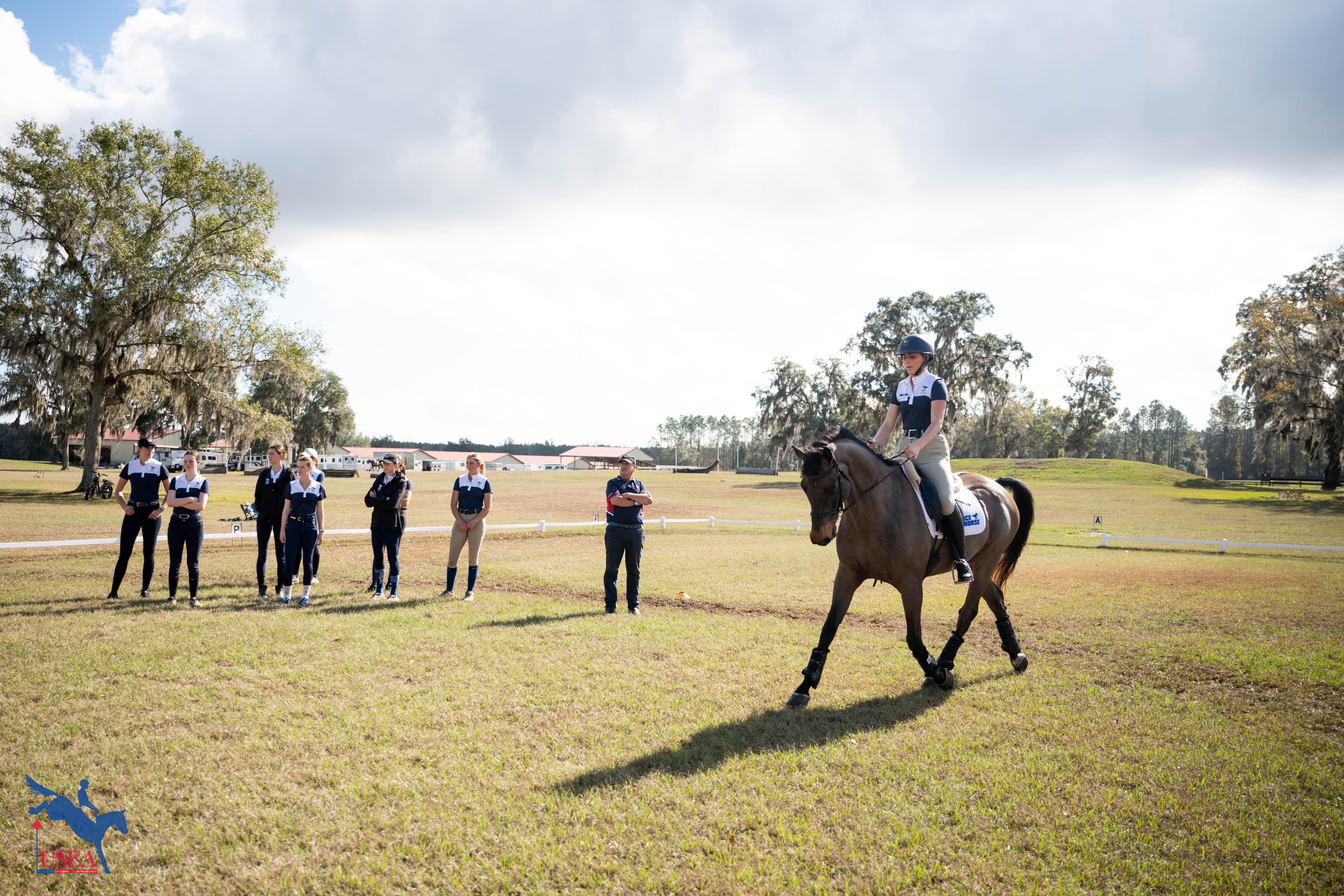Air Quality and Horse Care During Wildfires with Flying Tail Farms
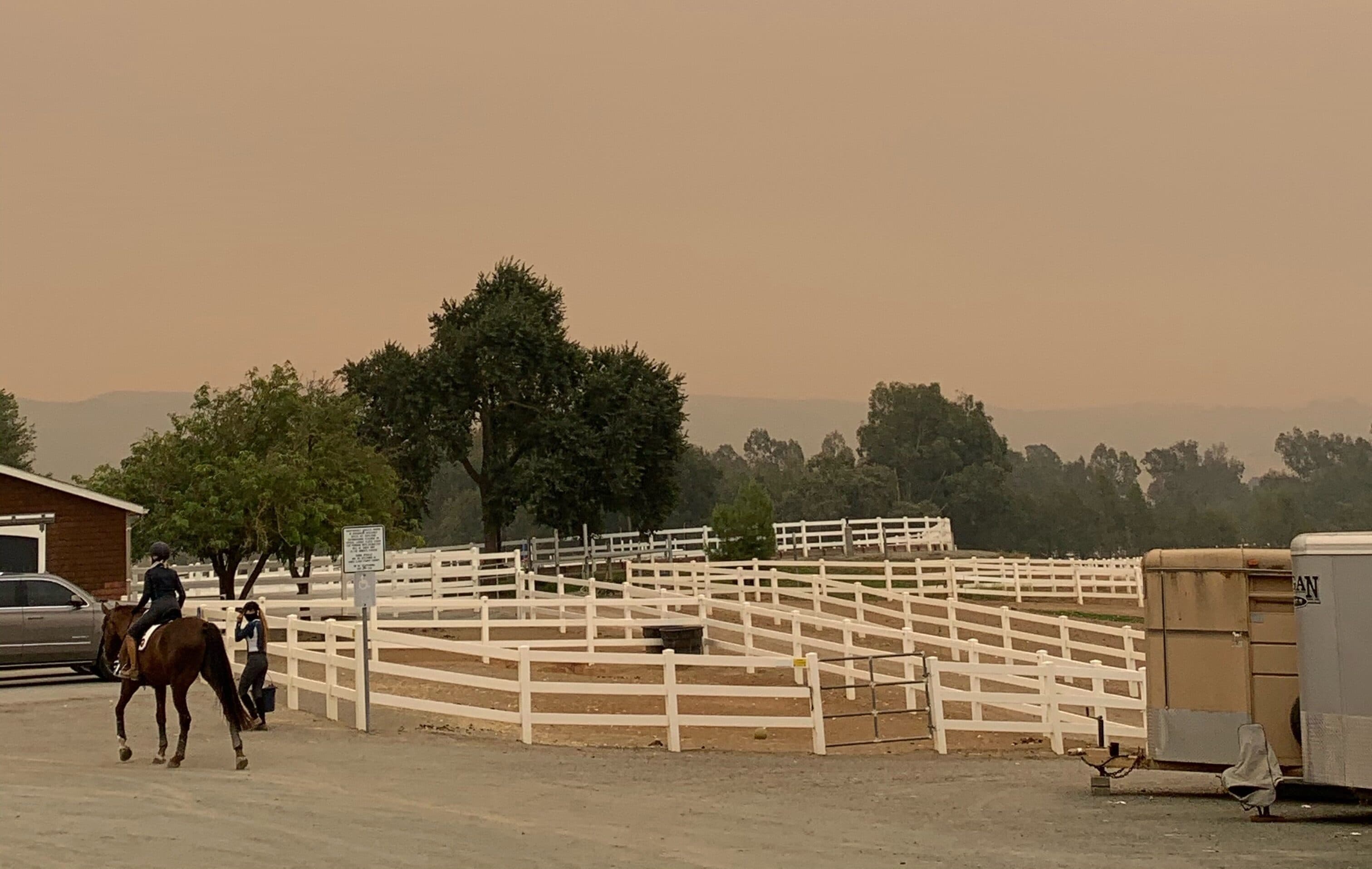
The state of California has experienced a record-breaking year this year with over 8,100 wildfires that have burned over 3.7 million acres. Red Flag Warnings remain in place over much of Northern California and as of September 29, there are 27 major active wildfires. During the windy conditions experienced on September 28, the Glass Fire in Napa County and the Zogg Fire in Shasta County are growing rapidly.
In the hills of Northern California near San Francisco is Gilroy, California, home to the event training barn, Flying Tail Farms. The first fire that came close to Flying Tail Farms (FTF) was on August 16 and since then they have been in a constant state of high alert. The team at FTF did everything they could to be fully prepared for the fire on August 16 which is known as the SCU Lightning Complex Fire. “We power washed the barn to keep it wet so if the fire made it to us it would help it not burn. We parked all the equipment in the covered arena and wrote names and numbers on every horse’s hooves. We had all of our rigs hooked up with horses assigned to each one,” said the head rider and assistant trainer at FTF, Kelly Pugh-Goodman.
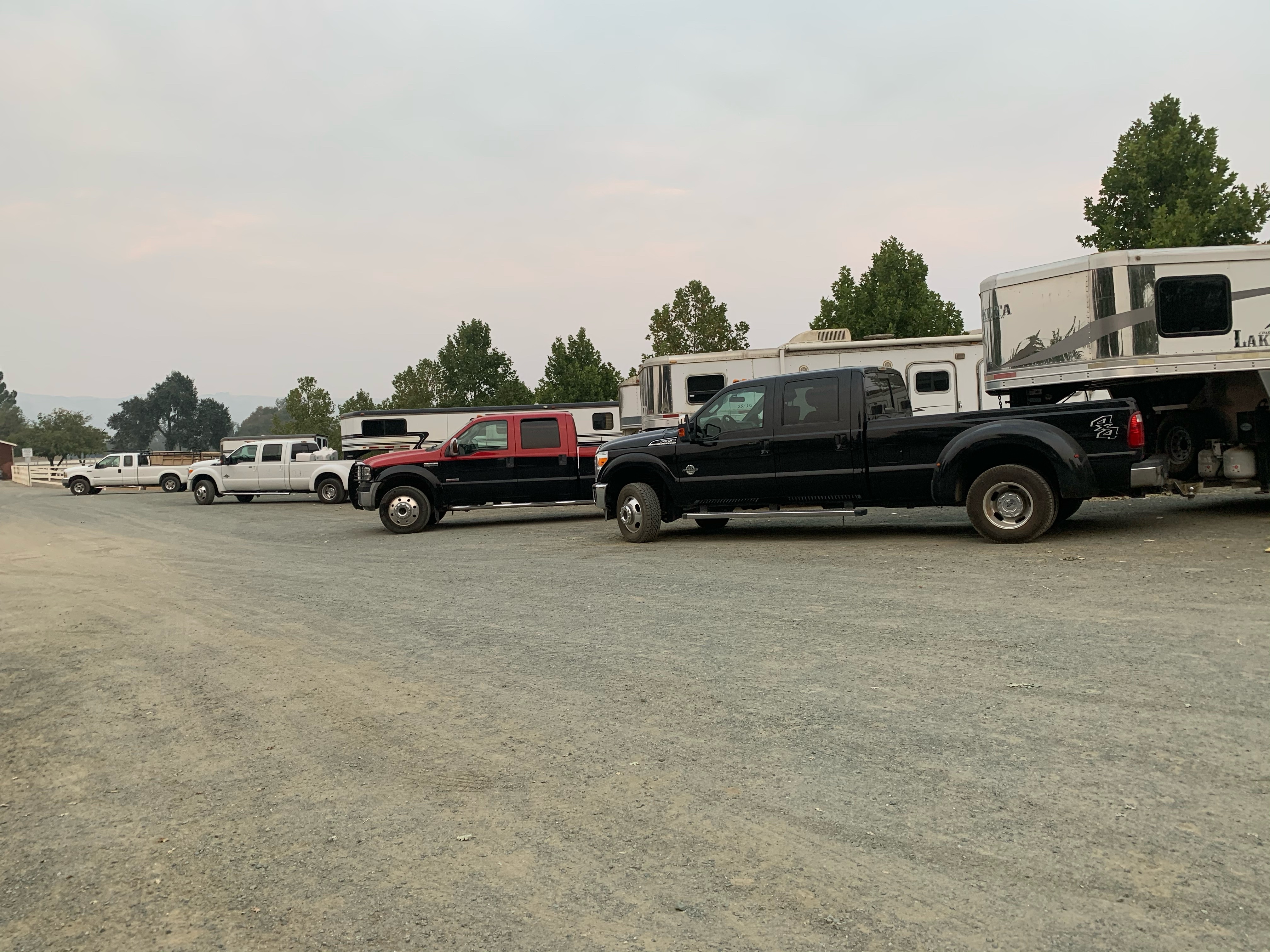
Many horse owners in the Northwest region are finding themselves in emergency situations of evacuation. Having a plan is vital in these situations and the UC Davis School of Veterinary Medicine has published an Equine Emergency Action Plan with 10 points to include in the event of an evacuation.
Luckily for FTF, no evacuation was needed during the SCU Lightning Complex fire, however, the remnants of that fire still remain. “We’ve had bad air for over a month. [But] we have been closely following the Purple Air website. We have found this has given us the most accurate reading of the air quality that we are in. From there, we have been following a scale that tells us what is acceptable to work our horses in. For reference, our air quality at its worst was in the 300 range. Some people in Oregon are in the 600 range. Some days you can’t tell if it was daytime because the sun was never able to come through the smoke. We wait until the [air quality index] is at 130 then the horses get two weeks off from that day with consistent good air. Then, after those two weeks, we put the horses back into work.”
Due to the inconsistent air quality and not enough time to fully prepare her horses, Pugh-Goodman recently scratched from the Twin Rivers Fall International Horse Trials. “Right now, we are shooting for Woodside International the weekend of October 8,” said Pugh-Goodman.
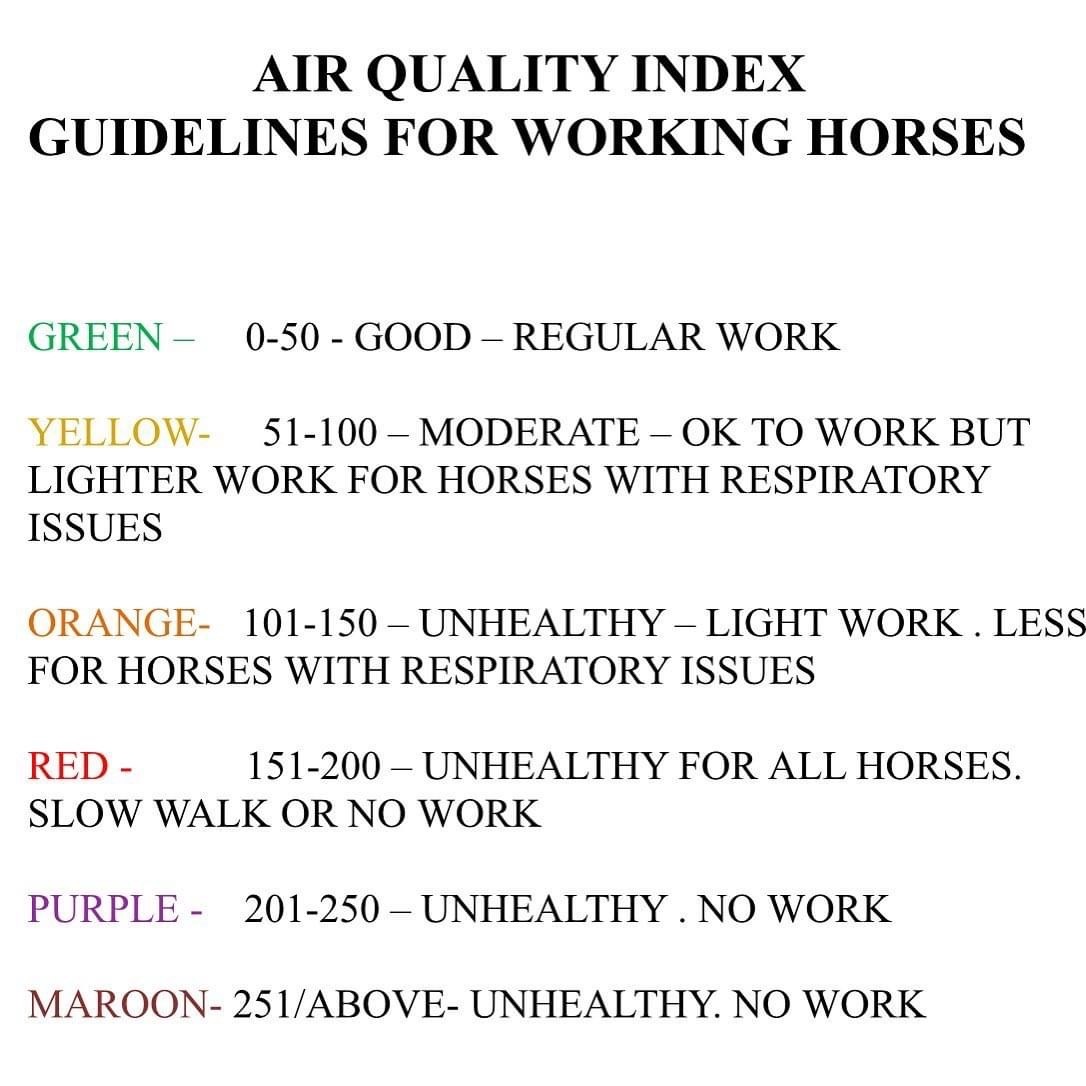
“Unfortunately there are not that many studies or research on the long-term effects of how smoke affects the horses, so we are relying on studies done from the Australian fires earlier in the year and also a study released from UC Davis.”
The study from UC Davis provides guidelines for horses exposed to wildfire smoke. The guidelines state that, “The effects of smoke on horses are similar to effects on humans: irritation of the eyes and respiratory tract, aggravation of conditions like heaves (recurrent airway obstruction), and reduced lung function. High concentrations of particulates can cause persistent cough, increased nasal discharge, wheezing, and increased physical effort in breathing.” In addition, the equine specialists at UC Davis, Drs. Joie Watson and Gary Magdesian, created a guide for horse owners to determine potential smoke inhalation damage.
For protecting horses from the poor air quality, the guidelines also emphasize to "limit exercise when smoke is visible. Don’t have your horse do activities that increase the airflow in and out of the lungs. This can trigger bronchoconstriction (narrowing of the small airways in the lungs). Provide plenty of fresh water close to where your horse eats. Horses drink most of their water within two hours of eating hay, so having water close to the feeder increases water consumption. Water keeps the airways moist and facilitates clearance of inhaled particulate matter. Dr. Kent Pinkerton recommends that horses return to exercise no sooner than two weeks post-smoke-inhalation, following the clearance of the atmosphere of all smoke. Horses, like all other mammals, tend to have an irritation to particles, but will recover from the effects within a few days.”
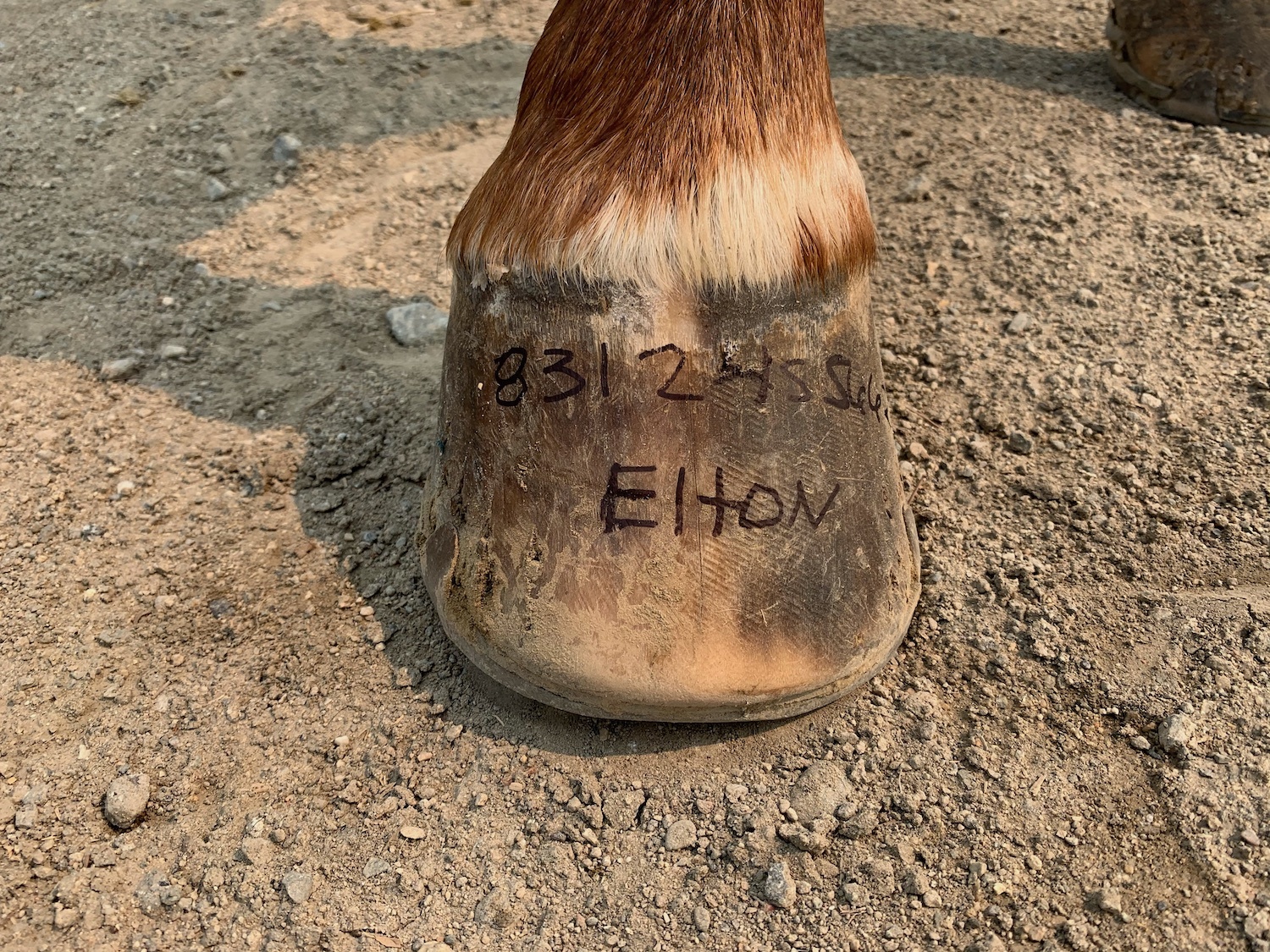
Using the UC Davis study as a reference, Pugh-Goodman shared, “Our horses had a week off when the fires were close to us and when the air quality was quite bad. Once the air quality improves to normal, they still get an additional two weeks of walking. We learned it takes a minimum of two weeks for the cells in their lungs to recover. They then went back into light work and, unfortunately now with the Oregon fires, we are back to them needing time off. It would be easy to rush them back into work at the first sign of good air, but it’s important not to ignore what studies are out there. So, long story short, it has drastically affected their training.” Pugh-Goodman continued, “We take it day by day and are very much in the mindset that playing it safe is much smarter for the horse’s long-term wellbeing.”
For the horse’s daily care at FTF, Pugh-Goodman has increased specific supplements and therapies. “Thankfully, as soon as the fires started, I was able to partner with Flexineb and that has given me such peace of mind being able to nebulize the horses daily. Studies have shown if not handled correctly this smoke can affect the horse’s immune system, so all of ours have had an increase in their vitamin E intake and APF Pro. We have also put them on electrolytes as these fires have caused a heatwave. We are lucky that our veterinarian, Leah Forquer Tobias, also trains with us and she monitors all of our horse’s respiratory system and heart rates on a daily basis. A large portion of our day is spent monitoring the air quality - just because we have an hour that might be good doesn’t mean we are in the clear.”
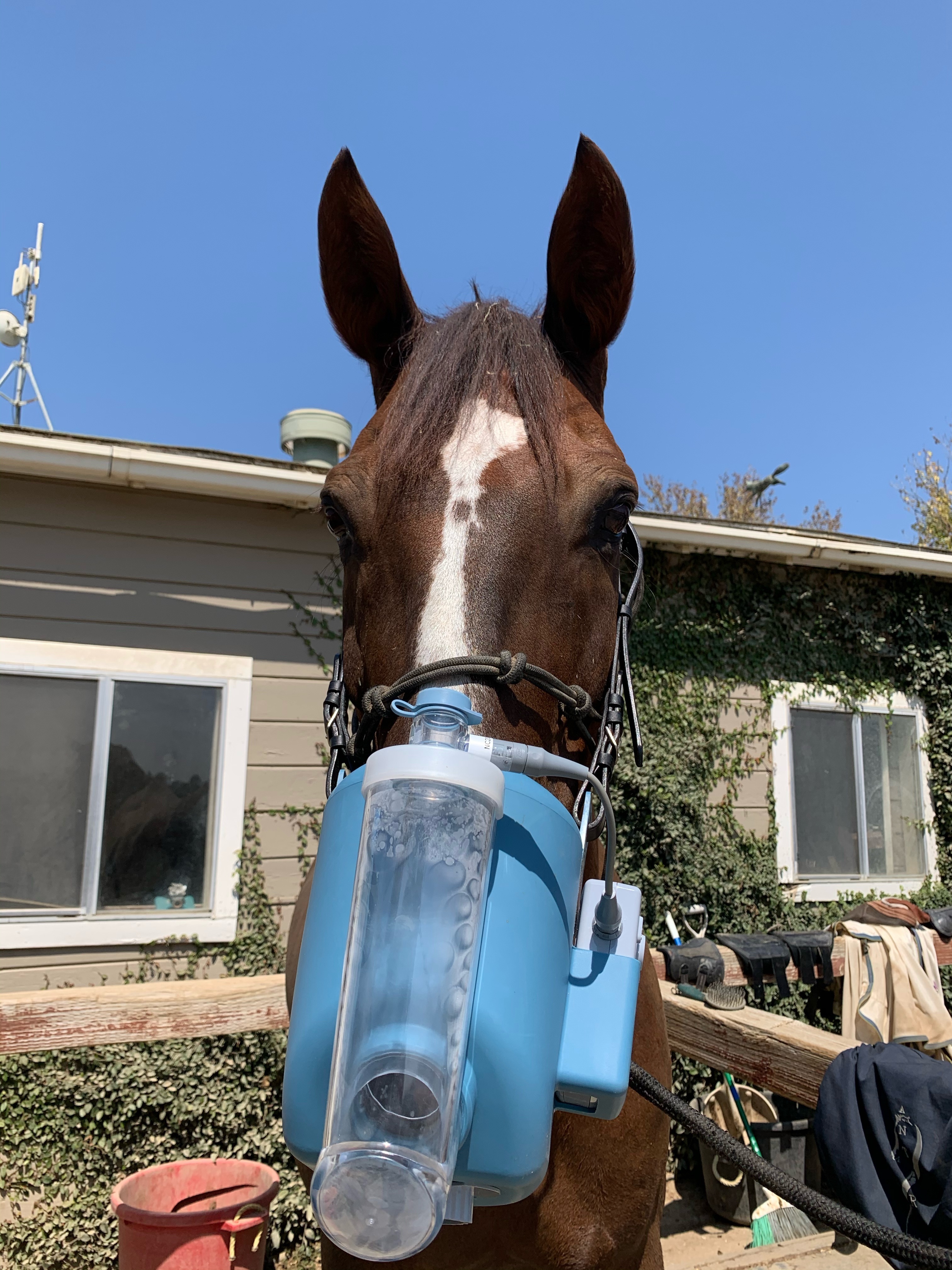
“It’s hard with all this destruction to find the good. I think as always though when faced with this kind of tragedy seeing the horse community pull together is really amazing. The number of people that have opened their homes, barns, checked in on us, or even just bought us meals when we were up all night on fire watch. It really is a great community that we have. I think a lot of people who didn’t have an evacuation plan before this, [they] certainly do now and I can’t stress enough how important that is.”
Pugh-Goodman identified several organizations and volunteers that have been extremely helpful in Northern California. “Napa Community Animal Rescue Team (CART), Sonoma CART, UC Davis School of Veterinary Medicine, Northern California Association of Equine Practitioners (NCAEP), and Brent Brown from Boehringer Ingelheim have been very helpful with the NCAEP emergency response. Also, a lot of private barns have opened their doors to us, and a lot of private citizens have risked their lives driving into fire danger zones to help rescue horses.”
“With the restrictions due to COVID-19 lifting, we were really excited to get back out there and start competing and supporting our events and it’s hard to scratch an event after all our training during COVID-19, but this has been a nice reminder of what’s important and the long-term health is what we are after. I do think when we are able to compete again our extended walks and turn on the haunches [in dressage] should be really good with all this walking work!”
The USEA would like to extend its best wishes to the eventers in Area VI and Area VII who have been affected by the wildfires.
Educational Resources
- Guidelines for Horses Exposed to Wildfire Smoke – These guidelines published by UC Davis provide information on how smoke affects horses, assessing and treating smoke inhalation in horses, and how to protect horses from air pollution.
- What Horse Owners can do to Monitor Horses Evacuated from Fire Areas – This is a smoke inhalation reference guide for horse owners created by the equine specialists Drs. Gary Magdesian and Joie Watson from the UC Davis School of Veterinary Medicine.
- Treatment of Smoke Inhalation for Horses – This is a reference guide for veterinarians also created by the equine specialist Dr. Gary Magdesian from the UC Davis School of Veterinary Medicine.
- Equine Emergency Action Plan – Published by the UC Davis School of Veterinary Medicine, this is a thorough equine evacuation plan for horse owners.
- Purple Air Website – This website provides air quality monitoring, in real-time, in all parts of the world.
- Northwest Equine Performance Video – In this video, Dr. Mark Revenaugh, Dr. Phoebe Smith, and Dr. Austin Rowland discuss the Wildfire Smoke/Air Quality situation in the Pacific Northwest and implications for horses.

